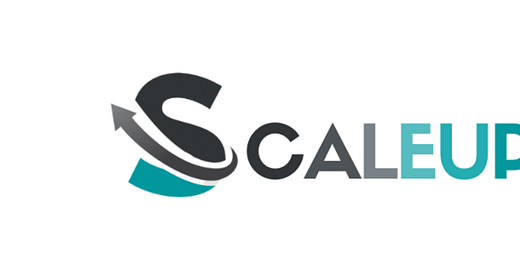
Howdy Readers🥰

When you come back from a 4th of July BBQ to find your brand's social media account as empty as the beach on a rainy day… 😭😭
In this newsletter, you will find:
🖼️ The Framing Effect ( Frame with Care, Sell with Love )
🛡️No More Ad-aches: Google’s Latest Controls Got You Covered
🖼️ THE FRAMING EFFECT: FRAME WITH CARE, SELL WITH LOVE
Picture this: A young entrepreneur is pitching his startup idea to a group of potential investors. He presents two scenarios for the company's future. In one, he says there's a 70% chance of success. In the other, he mentions a 30% chance of failure. The information is the same, but the reactions are drastically different. This is the power of the Framing Effect.
The Framing Effect is a cognitive bias where people decide on options based on whether they are presented as a loss or a gain. A classic example in marketing is TOMS Shoes:
TOMS built its brand around the "One for One" concept. For every pair of shoes purchased, TOMS would donate a pair to a child in need. They framed their product not just as a purchase, but as a contribution to a good cause. This wasn't just clever; it was a masterstroke of the Framing Effect.
But before you rush off to reframe your entire marketing strategy, let's discuss when and how to use this effect effectively...
1/ The Right Kind of Frame
The Framing Effect should be used to highlight gains rather than losses. People are generally risk-averse and respond more positively to gains.
For instance, an underdog DTC brand, Brandless, framed their products as "just what matters" and emphasized the absence of a "brand tax", making consumers feel they gain more value for their money.
2/ The Right Kind of Context
The context in which the frame is presented matters. It should resonate with the consumer's values and beliefs.
For example, Everlane, a DTC clothing brand, uses "radical transparency" to frame its pricing. They break down the costs and show consumers exactly where their money goes, resonating with consumers who value honesty and transparency.
3/ Your Customer's Perception
The Framing Effect depends heavily on the consumer's perception. A frame that works for one demographic might not work for another.
For instance, Warby Parker frames its eyewear as both fashion-forward and affordable. This resonates with a younger demographic that values style but is also budget-conscious.
Remember, the key to leveraging the Framing Effect is understanding your customer. Frame your product or service in a way that highlights gains and aligns with your customer's values and perceptions. And that's the secret sauce.
3 Mistakes to Avoid
1/ Inconsistent Framing
Inconsistent framing can confuse your audience and dilute your message. Ensure that your framing is consistent across all marketing channels and touchpoints.
2/ Overcomplicating the Frame
While it's important to highlight the unique aspects of your product or service, overcomplicating the frame can confuse customers and make your message less effective. Keep your framing simple and focused.
3/ Ignoring the Audience's Perspective
The effectiveness of your framing depends on how well it resonates with your audience's perspective. Ignoring this can lead to a frame that doesn't connect with your audience or alienates them. Always consider your audience's perspective when developing your framing strategy.
And with that, we come to the end of how framing can affect conversions for your brand! That’s one effect, see you next Wednesday with another amazing effect.
🛡️NO MORE AD-ACHES: GOOGLE’S LATEST CONTROLS GOT YOU COVERED
Hey there, DTC Mavericks!
AI's changing the ad game and Google's keeping pace with rad new updates. Let's unpack them!
So, what's new?
1️⃣ Brand Restrictions in Search Campaigns
Ever run a broad match keyword campaign and found non-brand-related traffic dropping by? Google heard us! They're rolling out brand restrictions for broad match keywords, helping us show ads only when searches include our brand name.
Pro tip: Utilize this to your advantage. Increase brand visibility while keeping the traffic super relevant.
2️⃣ Brand Exclusions in Performance Max Campaigns
We can now kick out certain brands from our Search and Shopping ad inventory. Even better? Request Google to add any missing brands to the list.
Added tip: Bye-bye to unwanted associations. Keep your brand image clean. Exclude competitors or brands that don't vibe with your aesthetic or non-synergistic brands.
DTC brands, take note ⭐
Your audience is your currency. And we're all about targeting that sweet spot audience, right? These updates let us refine our outreach. We can show up strong in the right searches, avoid irrelevant ones, and curate a wholesome brand image.
Brand Exclusions vs Negative Keywords: What's the deal? 🤔


